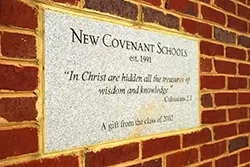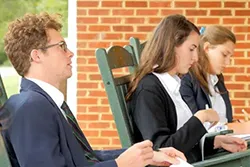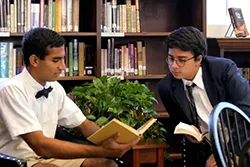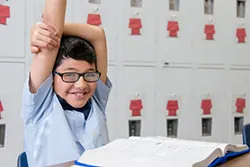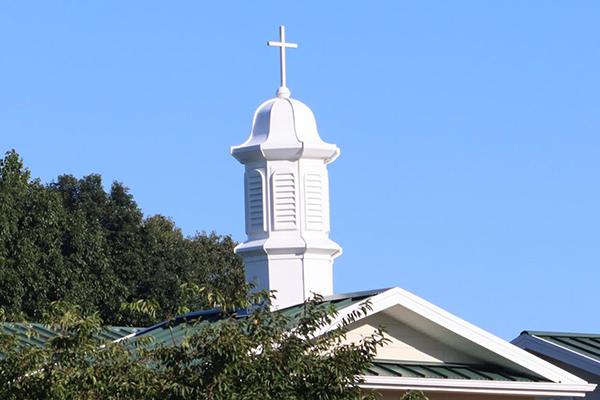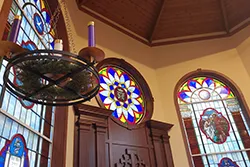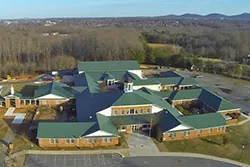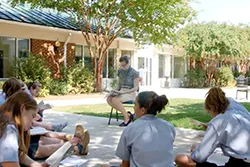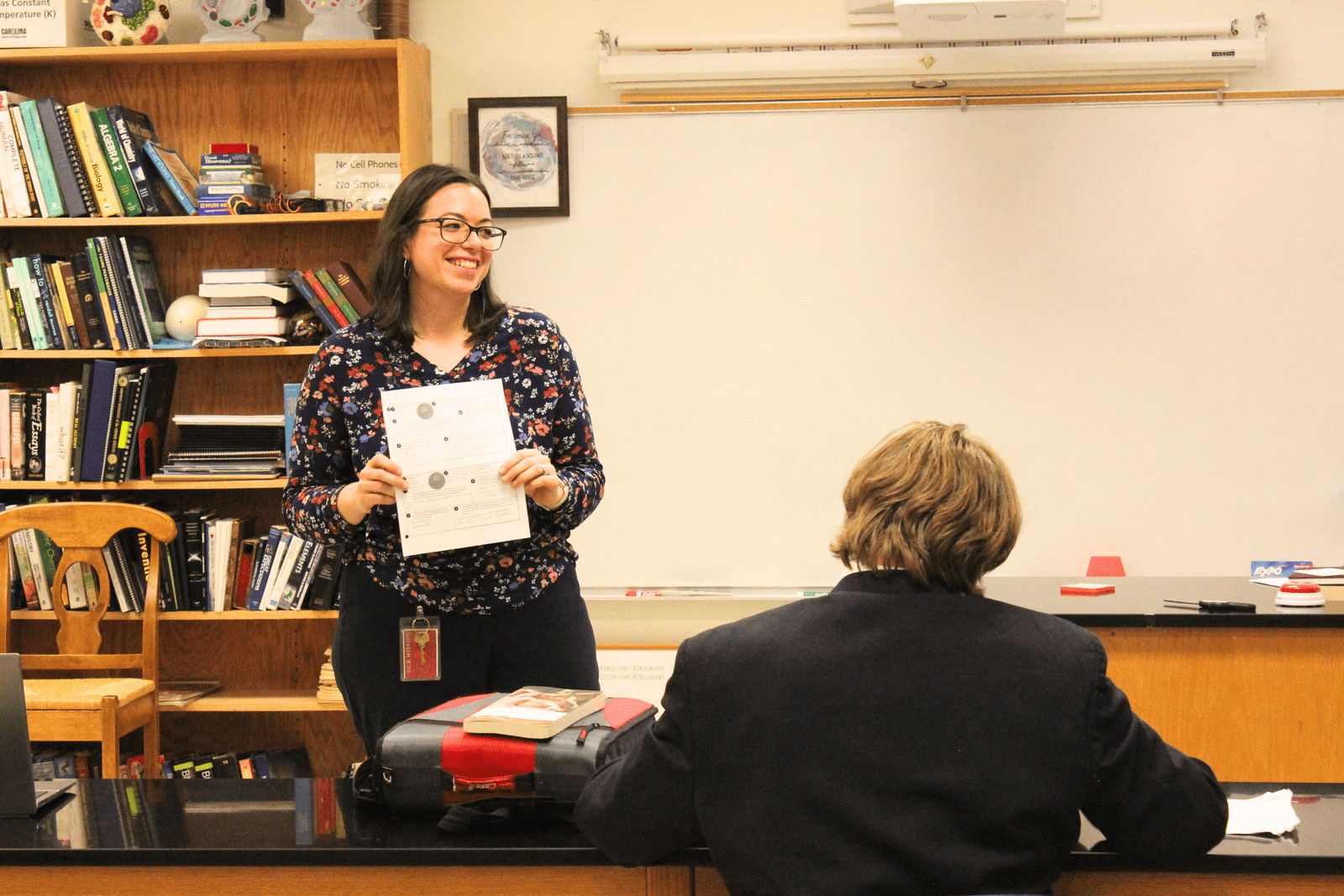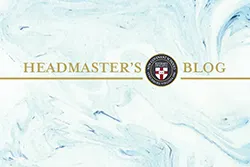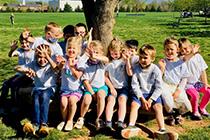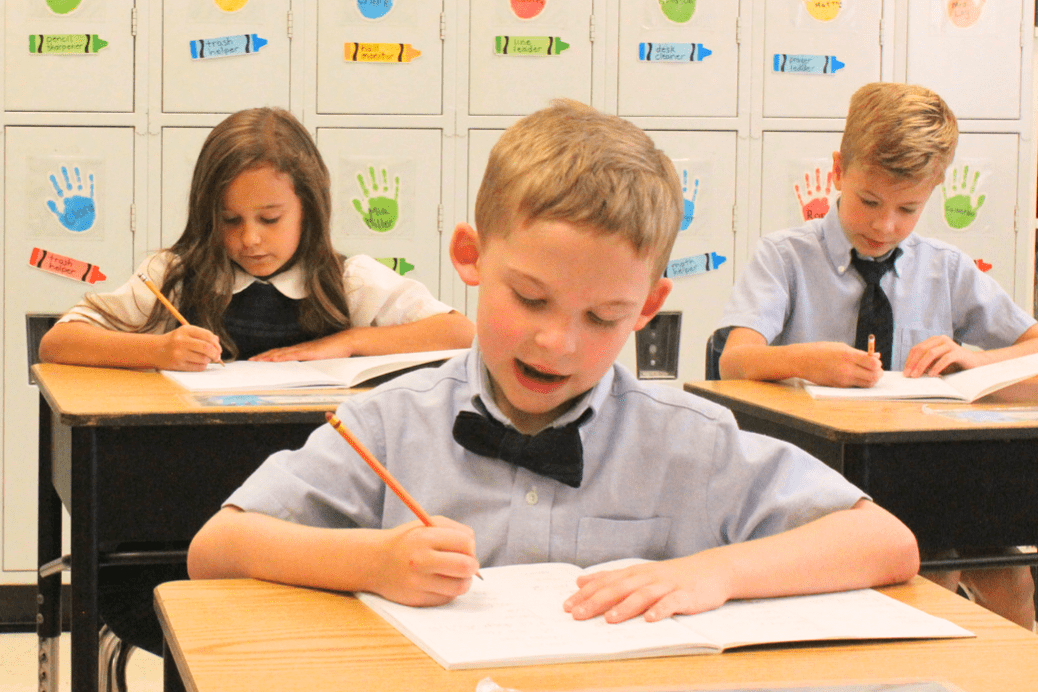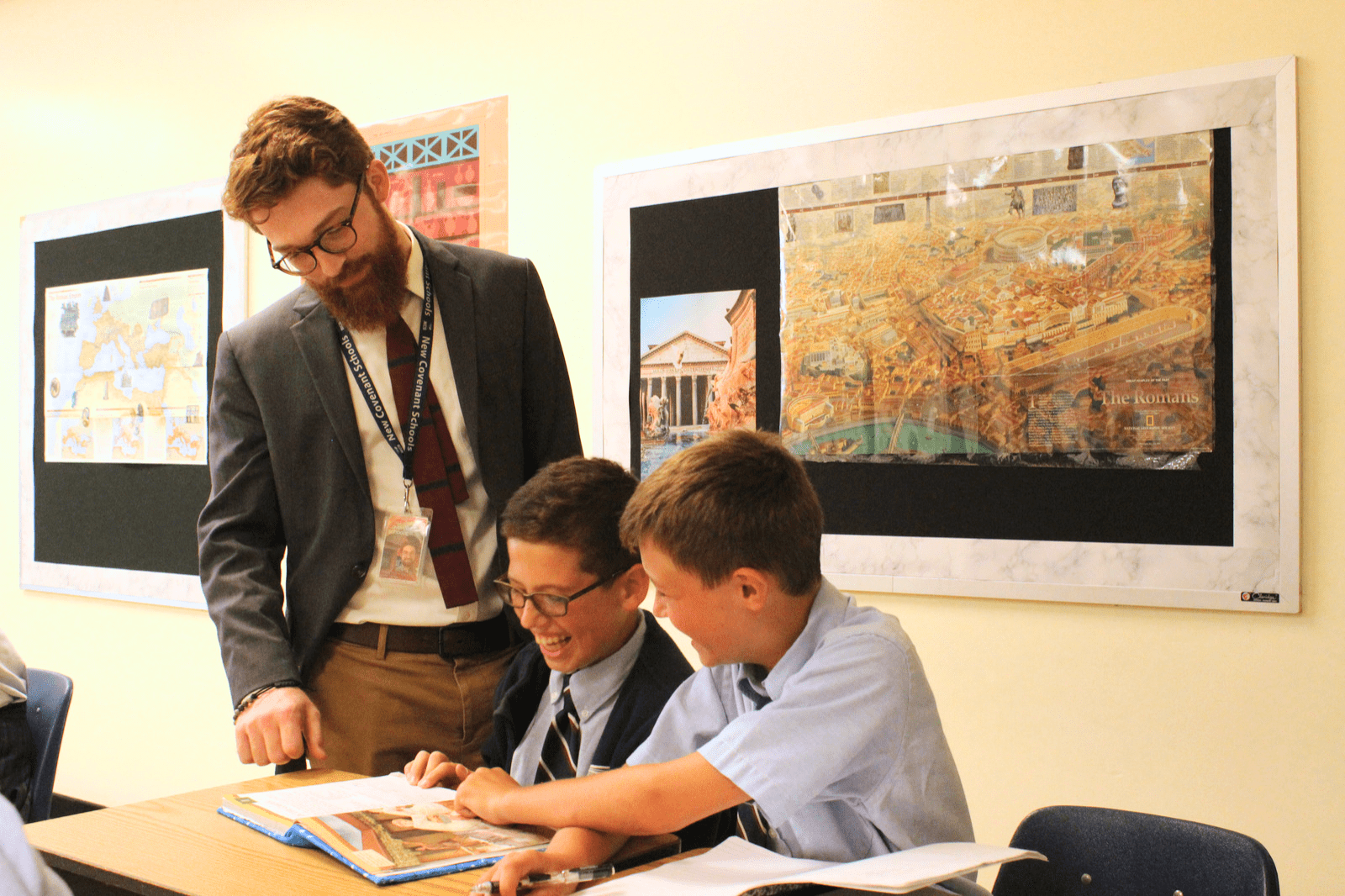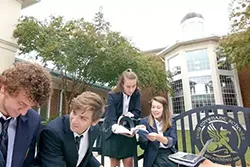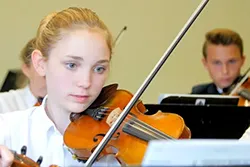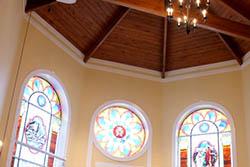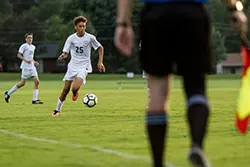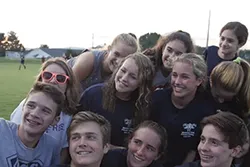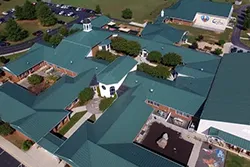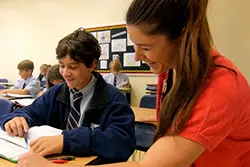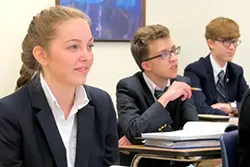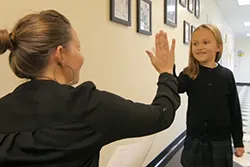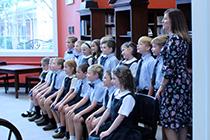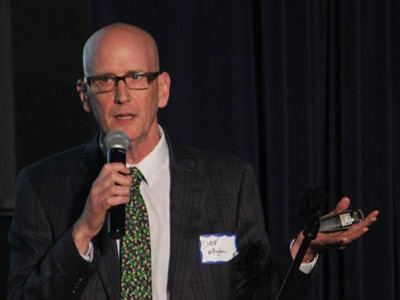During a recent professional development day, the faculty hosted Dan Willingham, Phd, a leading cognitive psychologist from the University of Virginia. Dr. Willingham’s work with the faculty was extensive, and we are pleased to share some of the topics that were covered, and discussed in his book, Why Don’t Students Like School? The following pertains to critical thinking.
For decades the academic world has been abuzz with the conviction that what’s needed most in k-12 education is critical thinking skills. Curriculums that purport to teach such skills exploded onto the market. Some were good; some, not so good.
The first thing to know about critical thinking is this: “CT is not a set of procedures that can be practiced and perfected while divorced from background knowledge” (48). In other words, CT skills, while easily identified, are not easily bundled into a discrete course of study. CT skills are not “methods,” which, if mastered, make students think better.
Critical thinking is inextricably related to content mastery in subjects. Background knowledge provides the “stuff” about which we actually think, and the more you have, the better you are at thinking. We can acquire background knowledge through books, videos, and life experience. Much of the school day is structured to provide just this.
Subject content acquired in the school environment, however, tends toward what Willingham calls “surface structure” (136). Facts, theories, models, and data, constitute information that is usually plain to us and is relatively easy to acquire and reproduce on a test. Parents contribute greatly to their children’s background knowledge in many ways, by reading to them, using elevated vocabulary and good grammar, and by taking them to the museum, library or musical events.
CT, however, requires a student to do more. In order to think critically a student must be able to recognize deep structures (138) that are not usually obvious, and which take time and expertise to notice.
For example, in one study first year physics students were given cards with various physics problems represented on them. The cards were also given to physicists. Both groups were asked to sort the cards by their similarities. The inexperienced students tended to sort the cards in groups according to surface structures. Cards that had pictures of springs, of rotational objects, or objects with inclines tended to be grouped together. The physicists, on the other hand, noting the deeper relationships, sorted the cards by the type of problem represented on the card, such as conservation of energy problem, mass and acceleration, etc.
Surface knowledge was necessary to sort the cards properly; by itself, however, it was not sufficient, and it led to error. The ability to recognize the deeper structure was essential to a proper sort.
Deep structures in a body of information are not obvious and it takes practice in order to see them. Moreover, such structures vary across disciplines, which is why some students can see them in chemistry or math, but fail to see relationships between characters in works of literature.
Parents and teachers both contribute to the essential background knowledge that eventually produces a thinking student. The classical, Christian curriculum offers an exceptional pathway, because it introduces foreign language early, widening the linguistic horizon immensely. It immerses a student in good literature. Music theory and performance are begun early. Classical education requires the memorization of multitudes of historical facts, poems, Scripture, fables, math facts, songs – the list goes on and on.
The pre-conditions for critical thinking is background knowledge. The best curriculum for that is a classical curriculum.



